Animals Don’t People-Please—They Survive.
While we’re stuck overthinking how to say “no thanks” without hurting someone’s feelings, animals are out here snarling, stomping, and spreading their wings just to make a point: Back off.
No awkward small talk. No guilt spirals. Just pure, unapologetic instinct.
From wolves drawing invisible lines around their territory to sea cucumbers literally ejecting their organs when pushed too far—nature doesn’t mess around when it comes to personal space.
We could learn a thing or twelve.
This isn’t about turning feral. It’s about recognizing that animals don’t ask for permission to protect their peace—they just do it. And maybe, just maybe, it’s time we paid attention.
Cat’s Personal Space
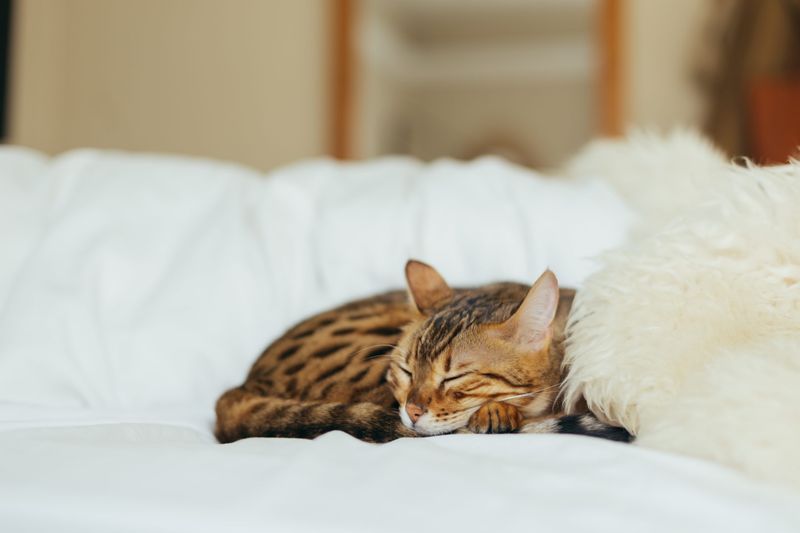
Cats are masters of personal space. Known for their aloof nature, a cat will only approach when it seeks affection, teaching us the value of self-reliance.
It’s not uncommon for a cat to retreat to its own spot, whether it’s a sunlit windowsill or a cozy bed. This withdrawal is a clear signal of their need for solitude, a practice humans can learn from.
By understanding when to step back and recharge, we can maintain our emotional well-being. Cats remind us that it’s okay to prioritize our own needs and take breaks when necessary.
Elephants’ Protective Circles

Elephants are the epitome of familial protection. In the wild, these magnificent creatures form protective circles around their young to shield them from threats.
This behavior teaches us the importance of safeguarding our loved ones. By forming strong communities and looking out for each other, we create a sense of security. Elephants emphasize that boundaries aren’t just personal; they extend to the groups we cherish.
Their intuitive understanding of protection inspires us to build supportive environments where everyone feels safe and valued.
Chameleon’s Color Change
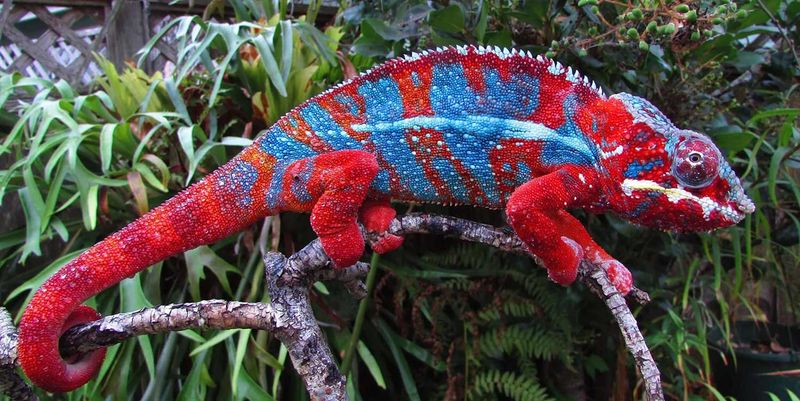
Chameleons, with their mesmerizing color-changing ability, exemplify adaptability and self-preservation. This fascinating trait serves as a vivid reminder of the importance of blending in when necessary.
Whether for camouflage or communication, chameleons adjust their appearance to suit their environment. This teaches us about the necessity of adapting to different social situations while maintaining our individuality.
Such adaptability doesn’t mean losing oneself but finding harmony in diverse settings. Chameleons show that setting boundaries can also mean knowing when to stand out and when to blend in.
Dogs’ Loyalty Limits
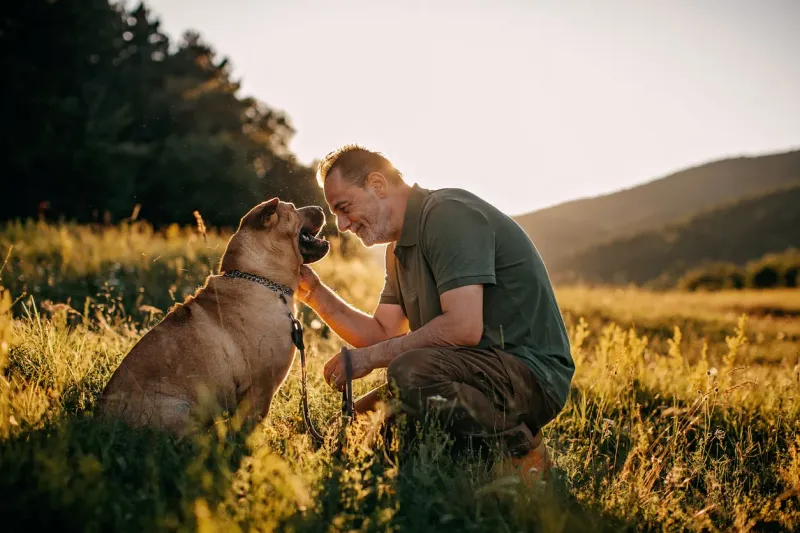
Dogs are known for their unwavering loyalty, yet they also understand limits. A well-trained dog knows when to obey and when to assert its boundaries, such as protecting its territory or refusing unwanted attention.
This balance of devotion and self-assertion offers a lesson in maintaining healthy relationships. By respecting both our commitments and our personal thresholds, we can foster mutual trust and respect.
Dogs teach us that loyalty doesn’t mean compromising our needs; it means understanding and respecting the boundaries that define us.
Turtle’s Shell Retreat
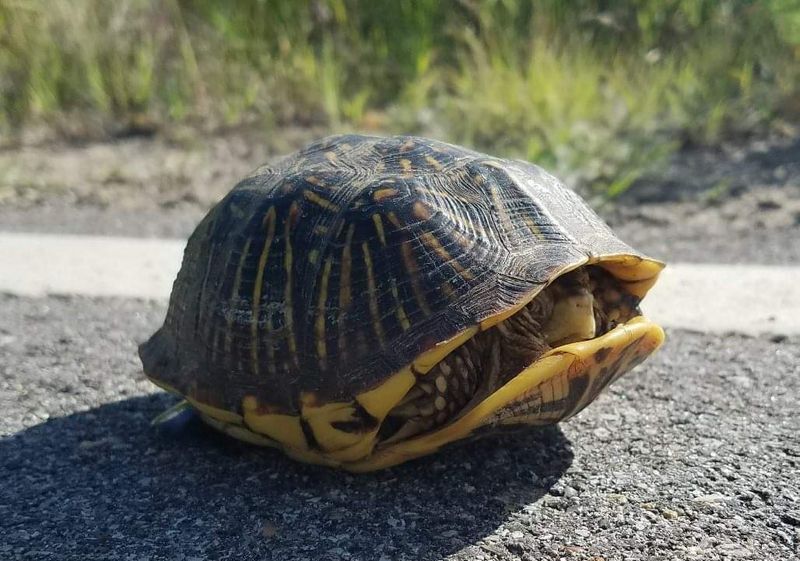
Turtles carry their homes on their backs, providing a constant source of refuge. Their instinctual retreat into their shells during danger is a powerful metaphor for self-protection.
This ability to withdraw to a safe space highlights the importance of having personal boundaries. Turtles remind us that it’s essential to know when to retract from stressful situations and seek comfort in our own “shells.”
Whether it’s a physical space or an emotional state, finding refuge helps maintain our well-being and strength.
Lion’s Territorial Roar
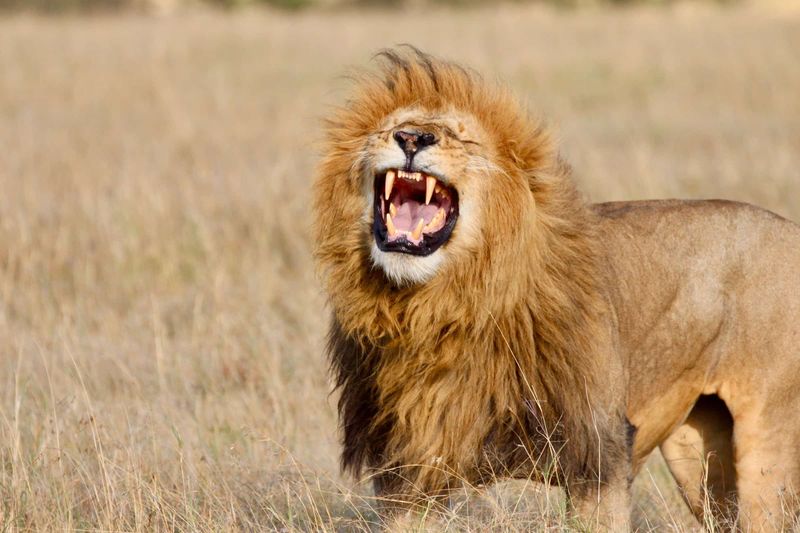
The lion, with its powerful roar, commands respect and sets clear territorial boundaries. This majestic sound is a firm declaration of presence and authority, signaling to others the limits of its domain.
Lions teach us about the importance of asserting our space and boundaries in bold and clear ways. By confidently communicating our needs and limits, we establish respect and deter encroachment.
The lion’s roar resonates as an example of knowing our worth and standing firm in our convictions.
Octopus’ Ink Escape
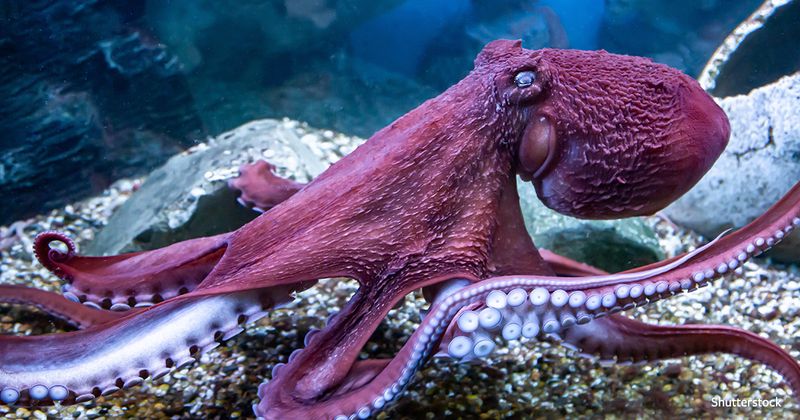
Octopuses possess a unique defense mechanism, releasing ink to obscure predators’ views and facilitate escape.
This fascinating behavior highlights the importance of having an exit strategy when feeling threatened. By creating temporary barriers, octopuses teach us to defuse tense situations and reclaim our space.
It’s a reminder that sometimes, retreating is the wisest choice to preserve one’s safety and peace. The octopus’ ink escape serves as a metaphor for setting boundaries in challenging situations.
Peacock’s Display of Pride
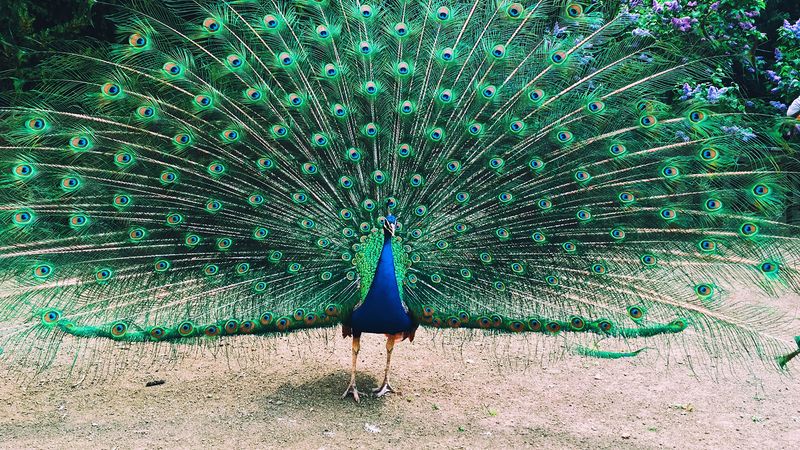
Peacocks are renowned for their stunning feather displays, which serve as a form of communication and boundary-setting. This spectacle is not just for attraction but also a signal to competitors.
By showcasing their vibrant plumage, peacocks declare their presence and establish personal boundaries.
This teaches us the value of self-expression and confidence in asserting ourselves. Like peacocks, we can use our unique strengths to communicate our limits and stand out without intimidation.
Bees’ Hive Defense
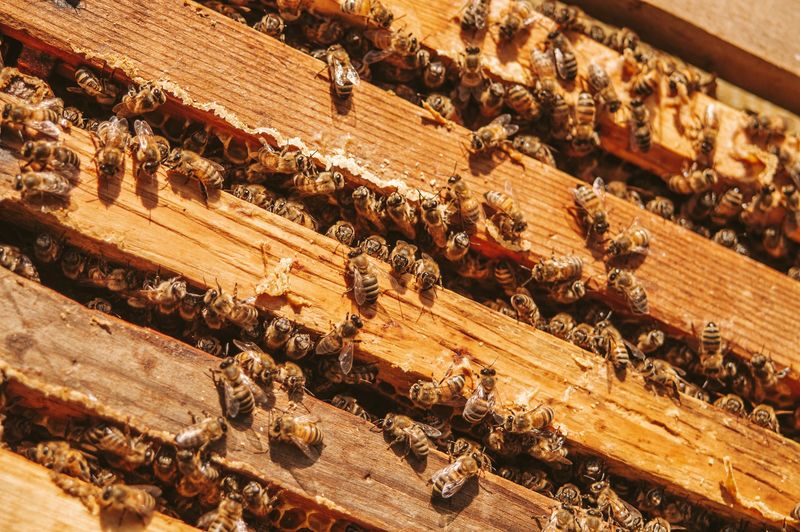
Bees work tirelessly to protect their hive, displaying collective defense mechanisms. Their coordinated efforts in guarding the queen and honey stores exemplify the importance of community boundaries.
By understanding and respecting each member’s role, bees maintain harmony and productivity. This cooperative spirit encourages us to establish clear roles and boundaries within our communities.
Bees’ dedication to their hive reminds us of the power of teamwork in maintaining a secure and flourishing environment.
Dolphin’s Social Signals

Dolphins are highly social creatures, using a variety of signals to communicate their boundaries and intentions.
Their clicks and whistles convey complex messages, ensuring group cohesion and clear understanding. Dolphins teach us about the importance of effective communication in boundary-setting.
By expressing ourselves clearly and listening to others, we enhance mutual respect and understanding. Dolphins exemplify the power of social intelligence in fostering harmonious relationships and maintaining boundaries.
Porcupine’s Quill Defense
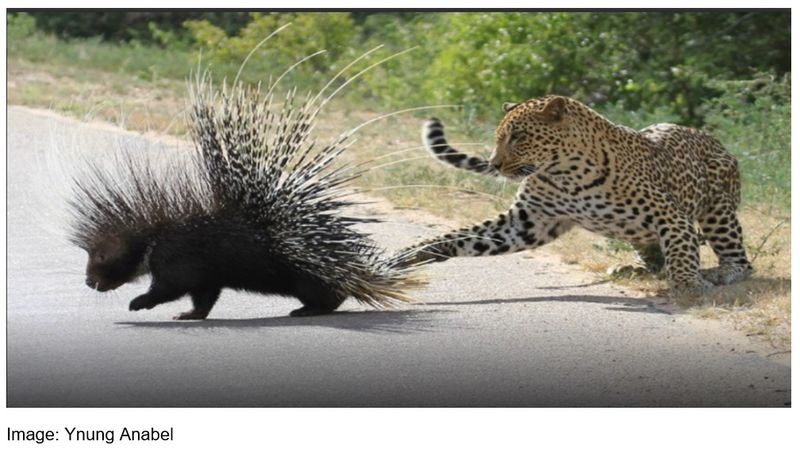
Porcupines, with their iconic quills, have a natural defense mechanism that commands respect. When threatened, they don’t attack but instead raise their quills as a warning to potential predators.
This passive yet effective approach to self-defense underscores the importance of non-aggressive boundary-setting. Porcupines teach us that we don’t have to be confrontational to assert our space.
Establishing boundaries can be done through subtle cues and firm but gentle signals, ensuring respect without conflict.
Wolf’s Pack Hierarchy
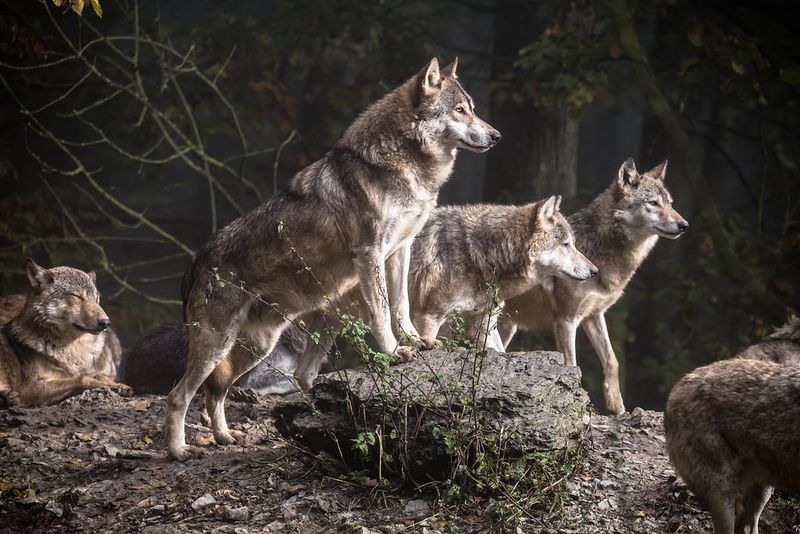
Wolves operate within a strict pack hierarchy, ensuring clear roles and boundaries among members. This social structure fosters cooperation and minimizes conflict, highlighting the importance of understanding one’s place within a group.
Wolves remind us that effective boundary-setting involves knowing our roles and respecting others’. This balance of authority and cooperation helps maintain order and harmony. Wolves’ pack dynamics offer valuable insights into the benefits of structured social systems and mutual respect.

